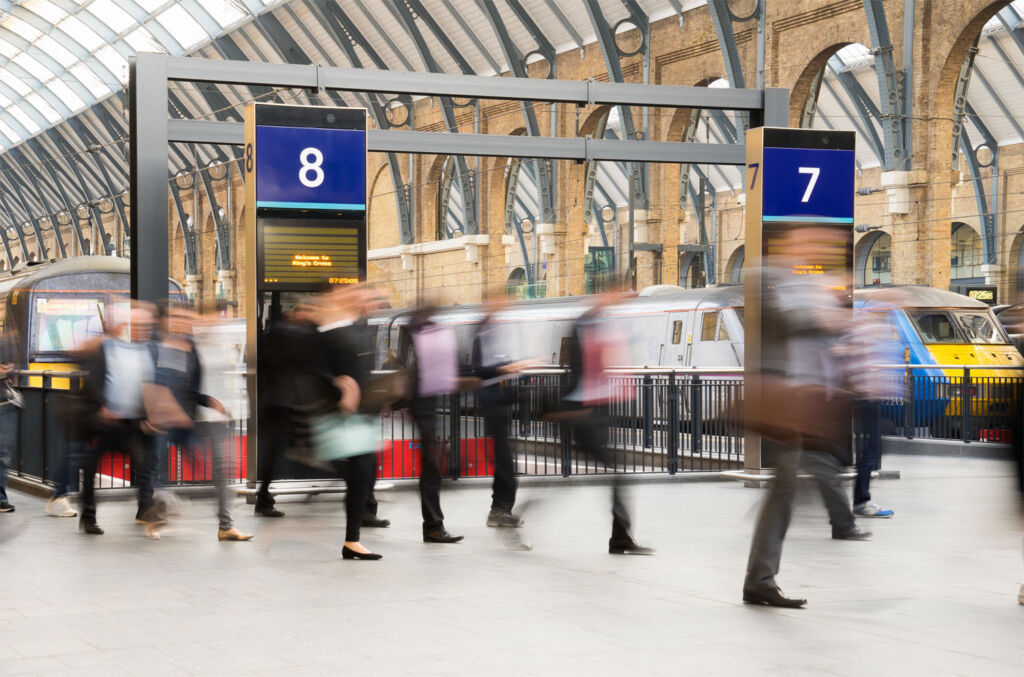

New research from OpenBrix heaps more misery on London and its surrounding property market. Data reveals that transactions across the capital’s commuter belts have dropped by -42% in the six months from January of this year when compared to the previous six months.
Living in and around London has for many, been the ultimate. However, 2020 has introduced a wind of change. Over the past few months, headlines regarding the large number of people selling up and moving to greener pastures cannot have escaped people’s attention, and only recently we highlighted that the capital’s renters were now following suit.
One of the obvious reasons has been the pandemic and the subsequent restrictions due to the lockdown. Life in a small property with a lack of wide-open spaces, fresh air and expansive greenery has caused 100,000s to consider “is it worth it?” Also, the experience of conducting business remotely has spurred many to look at places where they can continue to work, but with a better quality of life without the stress of commuting.
The waning in affection for London and its surrounding areas is confirmed in some new data by OpenBrix who analysed property sales transactions from the Land Registry across the 17 local authorities surrounding the capital, to establish current homebuyer appetites for commuter belt homes.
The research showed that between July and December of last year, there were some 18,272 homes sold in London’s commuter belt, with 4,545 transactions in Buckinghamshire and over 1,000 homes sold in Reigate and Banstead, Thurrock, Elmbridge and Dartford.
However, in the six months since January of this year, just 10,527 transactions have completed; a drop of -42%. Interestingly, transactions across London have also dipped by 43% during the same period.
Both Dartford and Buckinghamshire have seen the most considerable reduction, with a -47% fall in transactions across both areas.
Mole Valley has also seen a notable decline (-45%) along with Tandridge (-44%) and Slough (-44%). Reigate and Banstead, Spelthorne, Elmbridge, Hertsmere, Epping Forest, Three Rivers, Brentwood, and Welwyn Hatfield have also seen transactions decline by -40% or more.
Broxbourne has seen the smallest decline, although transactions in the area have still fallen -32%.


OpenBrix’s CEO, Adam Pigott, said; “The ongoing restrictions brought about by the current pandemic have reshuffled the deck where the property market in London and the commuter belt is concerned.
For a long time, we’ve seen homebuyers look from the inside out in search of more affordable homes within touching distance of the capital, for them to climb the ladder while maintaining their career opportunities.
However, with many of us now working from home and many companies adopting this practice with a long-term view, demand for homes in and around London has fallen. As a result, we’re seeing a sharp drop in the level of transactions taking place in these areas, although demand hasn’t completely vanished.”
The Land Registry Data and the research compiled by OpenBrix clearly show the impact the pandemic has had this year on the London property market. But it would be wrong to say that the London property market will not regain its former lustre. London is a resilient city, and people have invested heavily to be there. Buyers will continue to be drawn to the bright lights of London and oversee buyers will continue to prop the market up.
Click here to read more property news, guides and opinion pieces.
